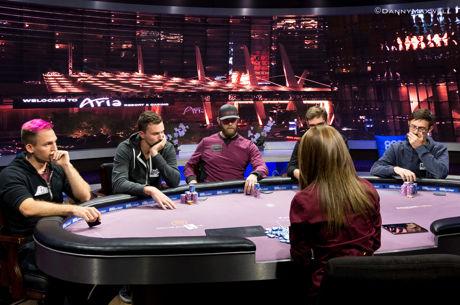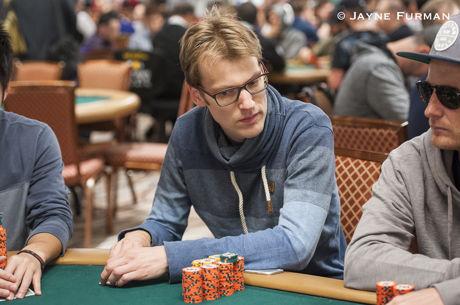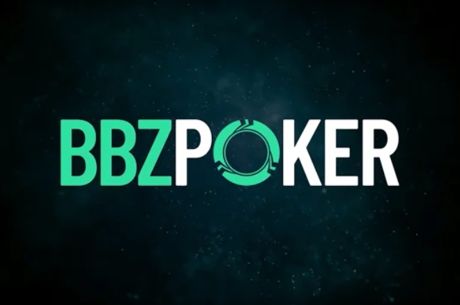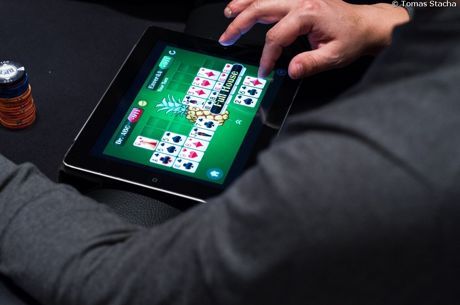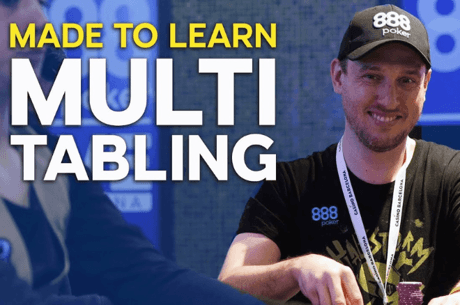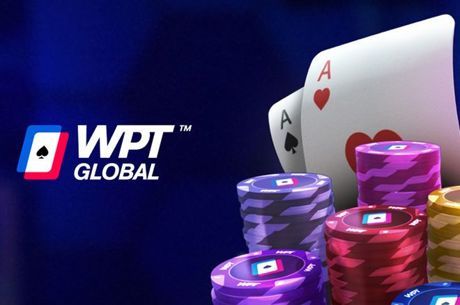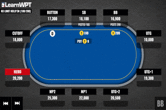Value Targeting Second-Best Hands When Playing 100NL Online Poker
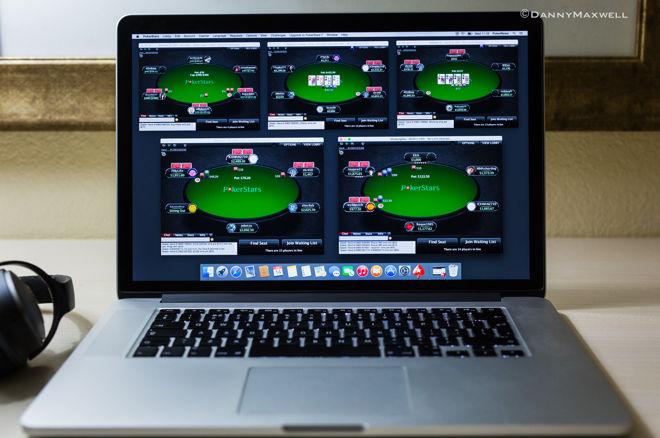
Playing value hands that are not the nuts is a quintessential skill in no-limit hold'em. The goal when playing such hands should always be to extract the maximum from second-best hands.
The following example of this opportunity really happened, across the virtual felt, with real monies, once deposited from the real world. The game was six-handed 100NL ($0.50/$1.00).
Flops Away!
Having some fun in an online poker "fast fold" game, a recreational player made a slightly larger than normal 3.33x big blind raise in early position, and was called by the cutoff, a more experienced button-clicker sitting on a nice 300-BB stack.
The big blind (a regular) then squeezed, reraising to $14 total. Our recreational friend, having started us down a path of wreckage, got out of the way, while the cutoff called with the advantage of position and deep stacks.
The flop came A?K?3?. Whatever could go wrong?
The Crux of Position
Position is an advantage, but it is an advantage that does not distribute itself equally. By that I mean it lays unevenly across situations. Think Nutella globbed haphazardly onto rice crispy squares, not like icing smoothed flat on pristine cake.
For example, consider that sometimes raising with cards left to come can diminish your positional advantage relative to your opponent.
It is also worth considering that dry boards offer less of a positional advantage in general than do wet boards, all other things being equal. In this situation �� A?K?3? �� we have a dry board.
Enough considering and back to the action. The big blind continuation bet $15 and the cutoff player, in position, raised to $33. Not to be deterred, the big blind made it $51, min-three-betting the flop.
Where Are the Second-Best Hands?
This flop very much favors the big blind, who could squeeze preflop with all combinations of AxAx, KxKx, and AxKx. Meanwhile the cutoff cannot have nearly as many combinations of these strongest hands.
For these reasons alone, the cutoff should probably never raise the flop, for even in the case that the cutoff somehow slow played pocket kings to reach this flop, he is also going to hold some AxQx and AxJx-suited hands that might not be able to hold up under relentless pressure with this flop, this deep-stacked.
In other words, the cutoff's range needs protecting, and there is no better way to protect one's calling range than to call with one's strongest hands.
And there is no better way to throw the middle parts of one's range �� like AxQx for the cutoff here �� under the bus, than by raising with one's strongest hands and only calling with medium-strength bluff-catchers.
Of course raising in position on a dry board with a range disadvantage is all kinds of bad, but we can see here just how quickly it diminishes the advantages of position. The big blind has clicked it back and as the pot-to-stack ratio lowers, the chances of the cutoff now running a bluff successfully have almost disappeared.
More to the point, if the cutoff is raising this flop, what kind of second-best hand is the player hoping to trap? Ace-queen and ace-jack aren't going to go to the felt very often (or even find their way to this flop, given the preflop action). So even with 3x3x, it makes sense for the cutoff to start with a flop call, not a raise.
Case in Point
The cutoff called the reraise and the turn brought the 4?, putting out a heart flush draw (with the three). Now the pot is something like $133 and guess what? The big blind bets exactly that amount.
Again, what can the cutoff do if he doesn't have it? He better have it or else. He called.
The river was the 5?, making a backdoor flush possible and any deuce would have a straight. The big blind had about $100 behind and shoved it all in, and the cutoff called with AxKx.
It was no good, as the cutoff was shown the bad news �� the big blind had KxKx. And the big blind had never lied about it, basically screaming he had pocket kings with every decision made in this hand.
Don't Get Too Excited
When the cutoff saw that A?K?3? flop he might have thought something like "My opponent doesn't think I can have top two pair �� but I do have top two pair!"
It doesn't seem the cutoff thought much further about it, such as wondering how to get value from hands worse than ace-king, with hands like Ax3x-suited being rare in this situation.
The best way to target one-pair hands the cutoff has crushed would be just to call the flop �� after all AxJx could always hit a jack on the turn.


